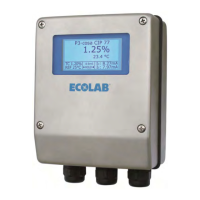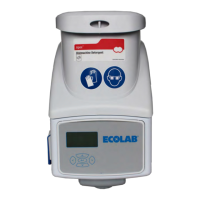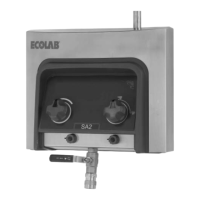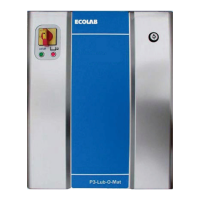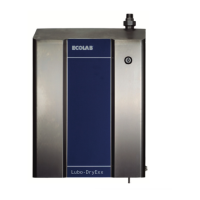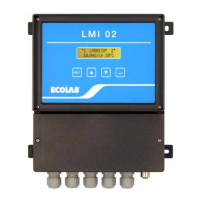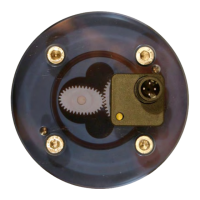What to do if the settle timer does not record on Ecolab Nalco Water STORM?
- AAbigail GutierrezJul 26, 2025
If the settle timer on your Ecolab Measuring Instruments isn't recording, it could be due to a few reasons. First, there might be an issue with the flocculant system. This could involve pump failure, problems with the flocculant makeup, or a line blockage. To address this, check the flocculant system operation, dosing pump operation, and test flocculant solution samples. Another potential cause is a fouled turbidity instrument. Try removing the instrument and cleaning it.


